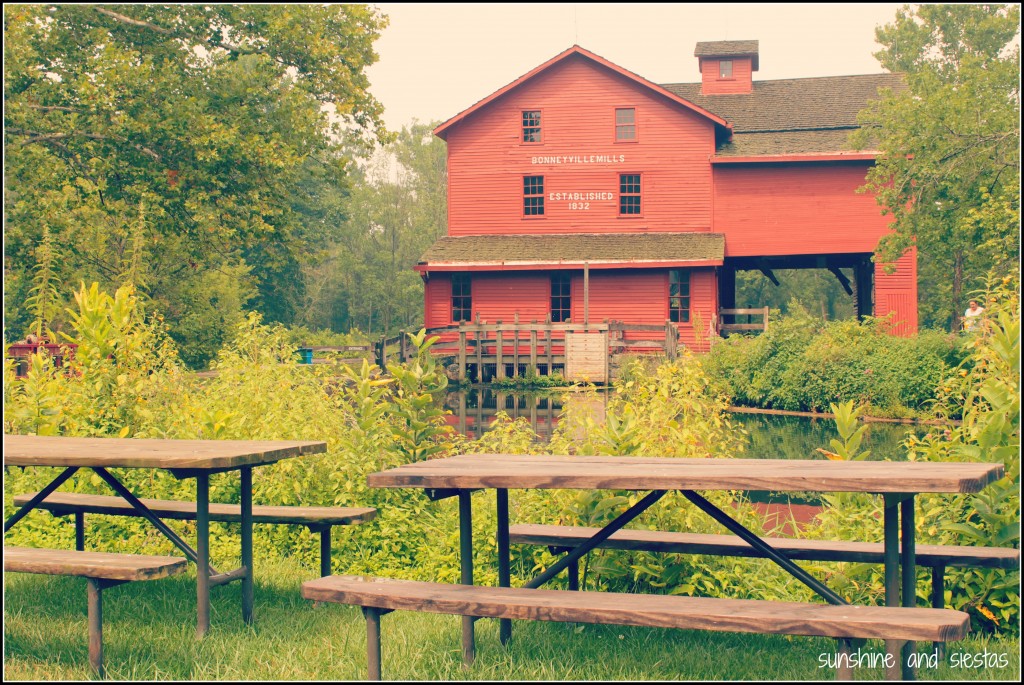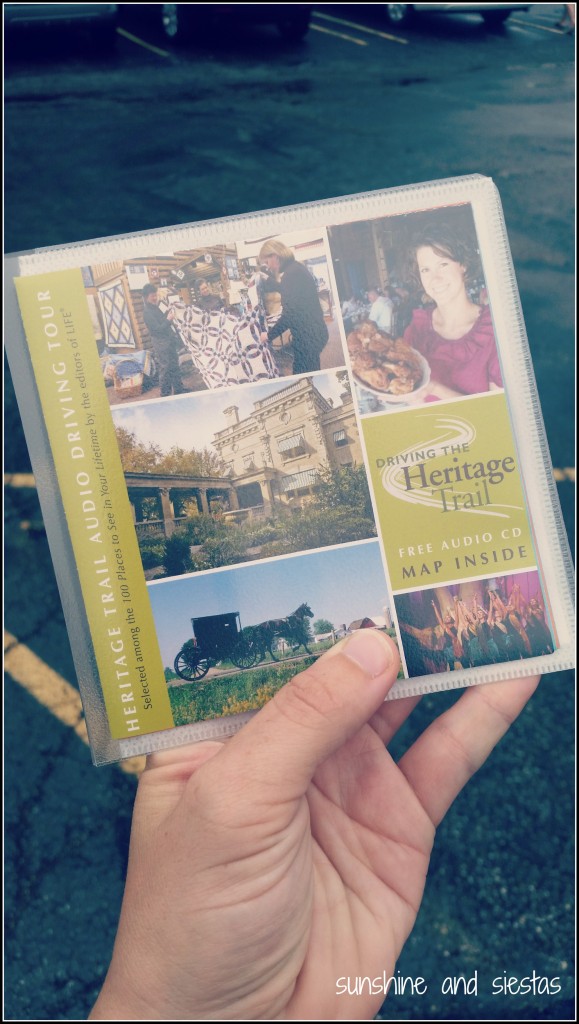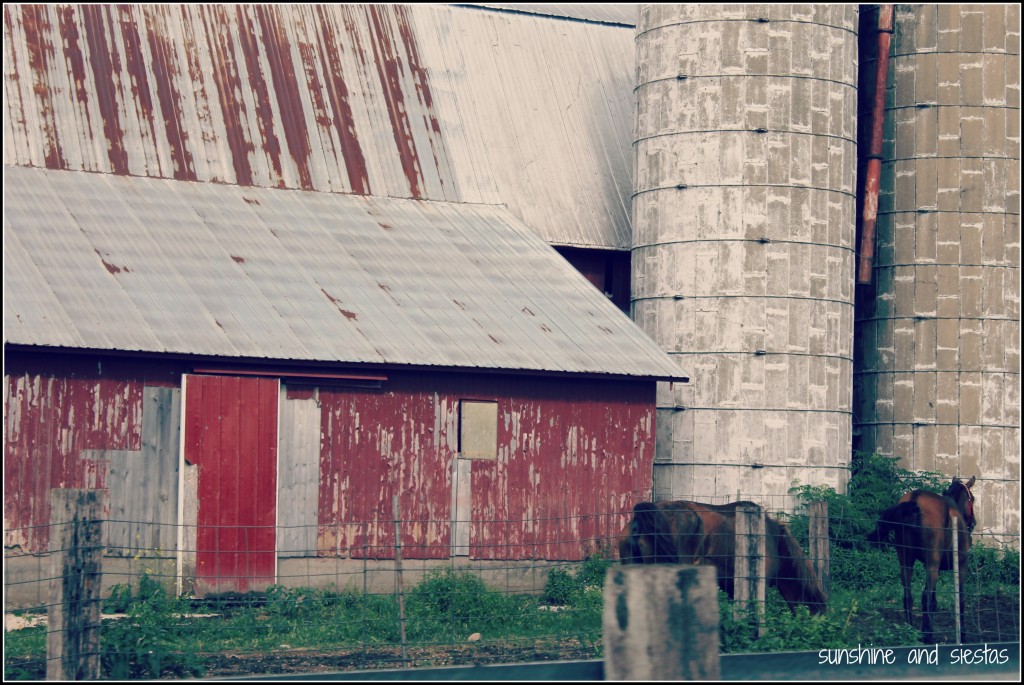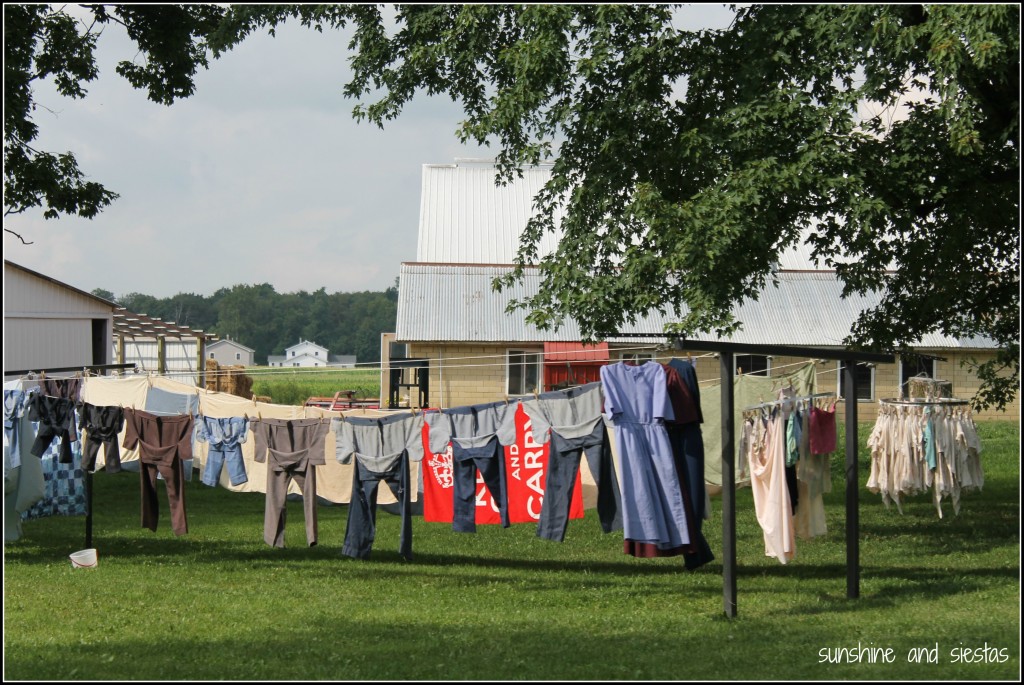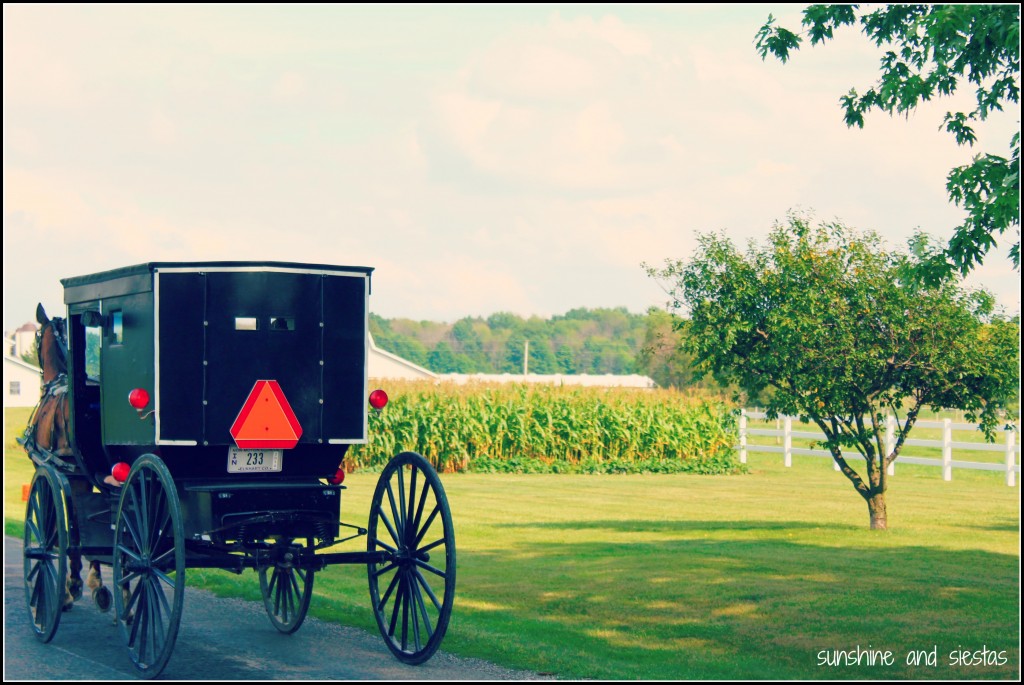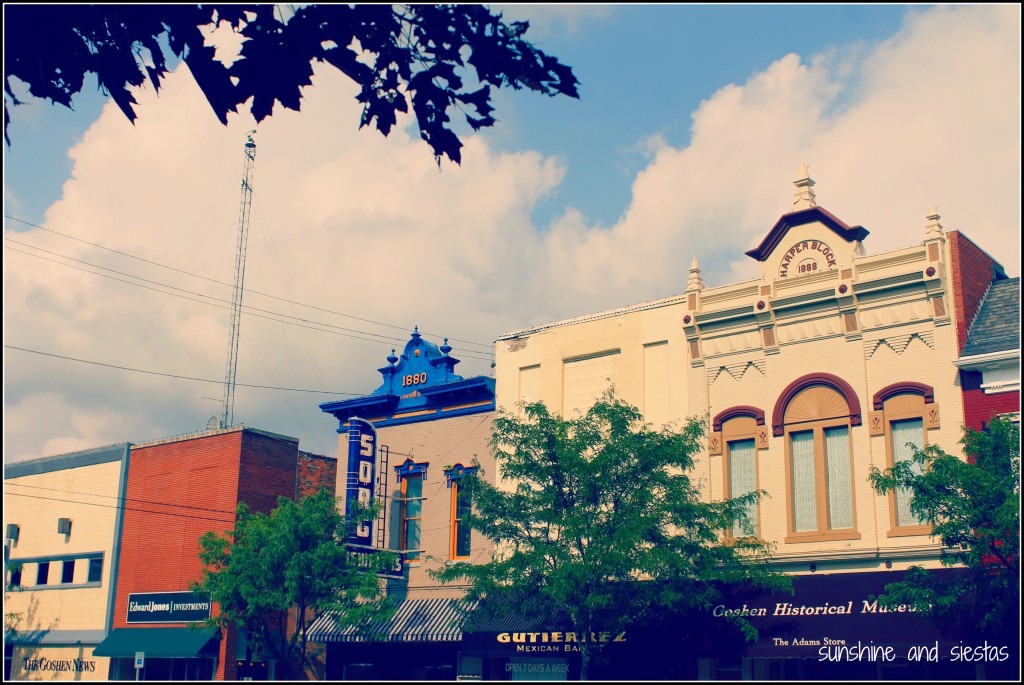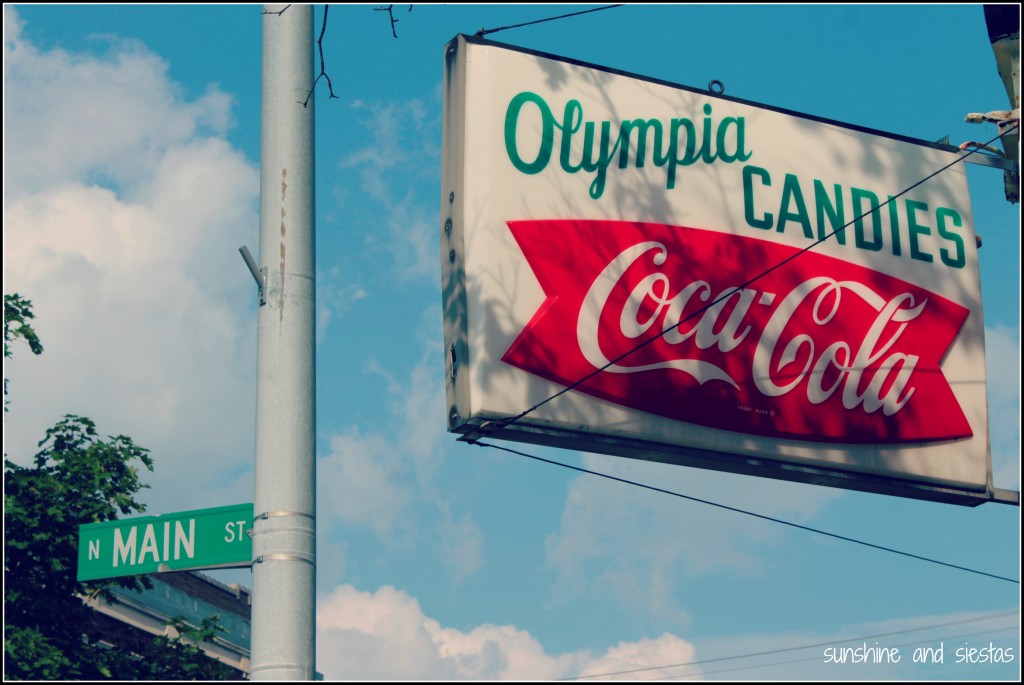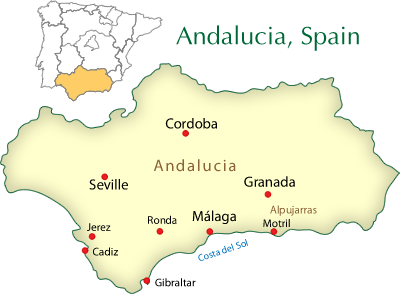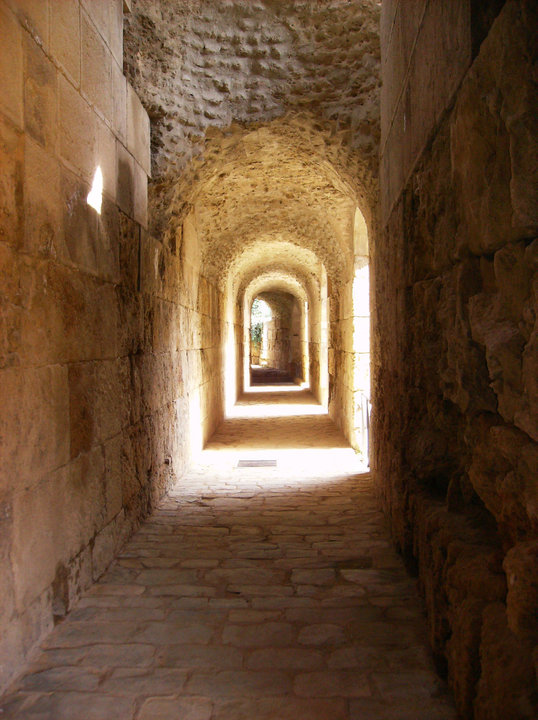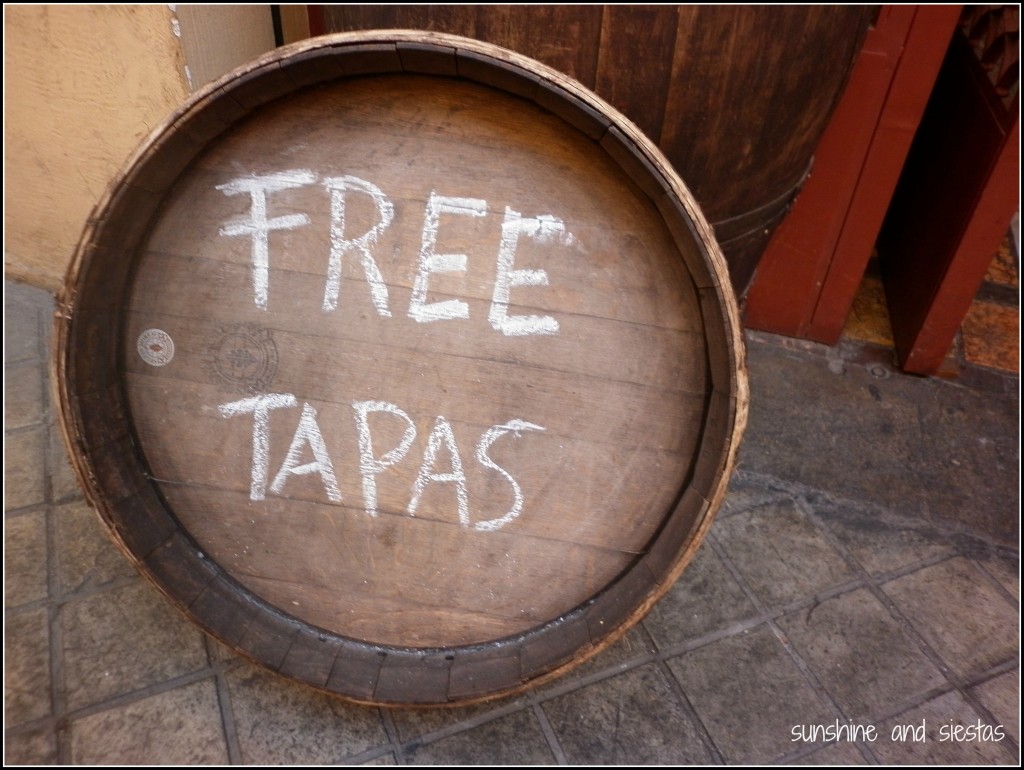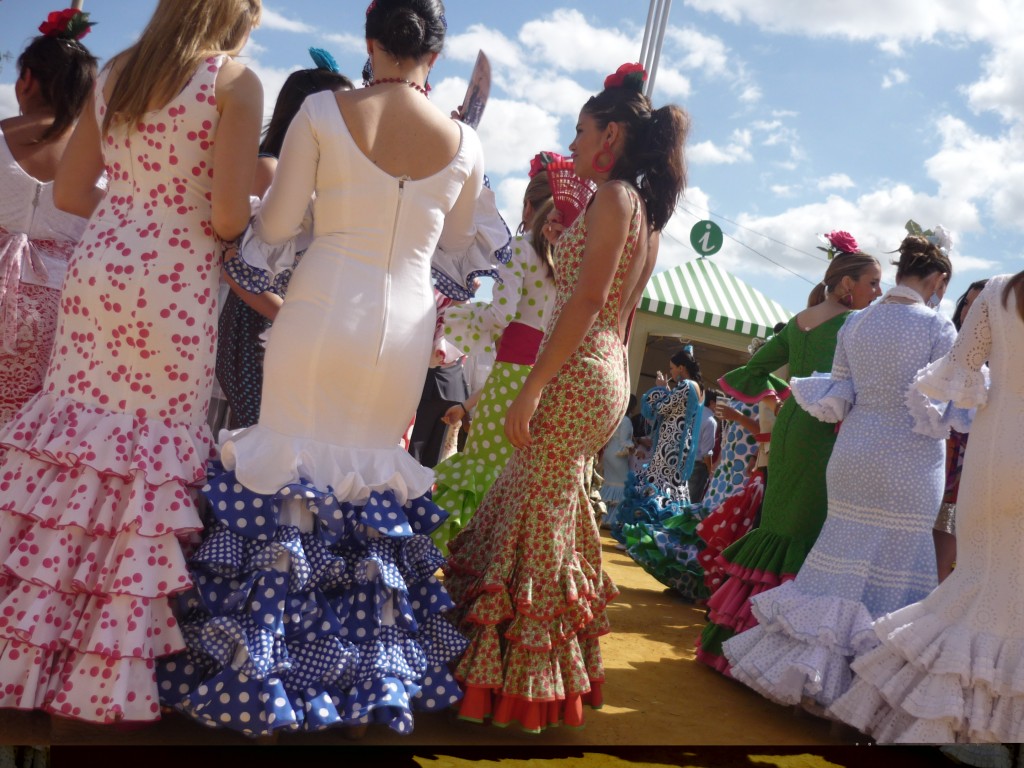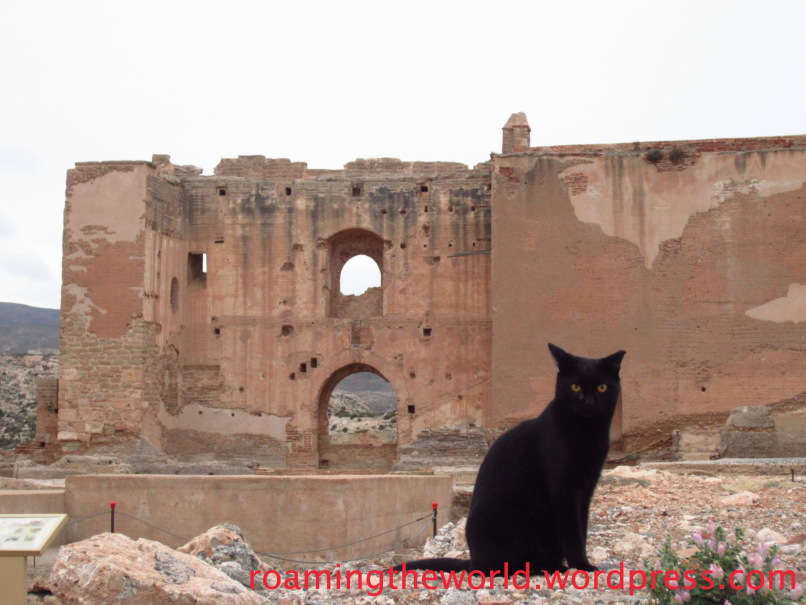I sat with an ice cream outside of the small, harshly lit shop in Shipshewana, slowly licking the only ice cream cone I’ll allow myself until next summer before it melted all over my hands. Two girls in bonnets, perhaps about 12, kicked down their kickstands, giggling arm in arm as they entered the shop for their own cones.
I smiled to myself: even in a Midwest tourism hotspot, summer traditions never die. Even when you throw an entirely different way of life into the mix.
Faced with my most hectic summer yet, I had been looking forward to the Novio’s Third American Tour and a respite from planning our wedding (surprise?!). After every big decision had been made, we treated ourselves to a day out. We tossed around several ideas before sticking close to Chicago – Iowa City, Milwaukee and Indiana Amish country.
The planner in me cringed when the website was down the day before our trip, and rain clouds had me balking at getting in a car and driving two hours.
The Novio and I decided to take a chance and drive just east of South Bend to Elkhart, Indiana, perched city on the Saint Joseph river. The County Visitor’s Bureau is located just off the highway, and the woman behind the desk simply stood, handed us a CD and a driving map and sent us off. No explanation, no upselling – just an honest (though strong) opinion on what to do.
I just wasn’t thrilled to stay in the driver’s seat and continue driving.
Logistically speaking, the Heritage Trail is on-point: the CDs provide you with driving instructions along the 90-minute loop that starts and ends in Elkhart, as well as signs that mark the upcoming change in directions. As we straddled towns (and counties), the tracks on the two disks provided us with local lore and history, as well as insight into the Amish way of life.
Country roads snaked us from Elkhart past Bonneyville, onto Middlebury, where we had an Amish-style lunch, and out-of-town to Shipshewana, the mecca of Amish country. Tempted to stop at cheese factories and furniture stores along the way, I instead opted for slow living, driving five under the speed limit instead of five over, and banjo music as we town hopped.
As soon as we turned down State Road 4, the only vehicles we met were horse-drawn buggies. Horses grazed overgrown fields, stark white against the peeling red paint of the sort of barns I passed as a kid on my way to my grandparents’ in the countyside.
The Novio was surprised to have everyone we passed raise an arm in salutation as we crawled along the country roads. Buggies were tied up to feed stores, replacing parking meters, and clothes gently flapped in the wind. Even the buggies we passed let out a wool of a hello as we signaled to pass them.
Try as I might to be a city girl, I grew up visiting my best friend Megan on her farm when we were children. Back them, my hay fever didn’t bother me, and we’d play with kittens in the barn, ride horses and play endless round of hide and seek in the cornfields before laying out our sleeping bags on the deck with the wide sky of the outskirts over our heads.
After the stressful start to the summer, I could feel myself breathing normally again.
Once we reached Goshen, the count seat, things went from Amish Paradise to Small-Town-Gone-Sour. Once a bustling city that Chicago gangsters preyed on, the town’s charming storefronts no longer gleamed, and yet another old theatre was being threatened with demolition.
We settled on Goshen’s only bar for a beer, but pitchers were less than a beer in downtown Chicago. As we chatted up the folks from down the road, we decided to call it a day. Driving back home, as the traffic got thicker and messier thanks to a sudden downpour as we crossed the state line, I dreaded the following day’s wedding planning.
Once we were out of Goshen and skipping the second half of the tour, which led to purely Amish Napanee, the Novio whispered to me that he was a little let down with the trip.
“I saw an Amish woman reading a fashion magazine downtown.”
Have you ever taken a driving tour in the US? Do you love small towns and out-of-the-way places? Check out more stories about road trips: Montenegro // Gran Canaria // Tenerife
